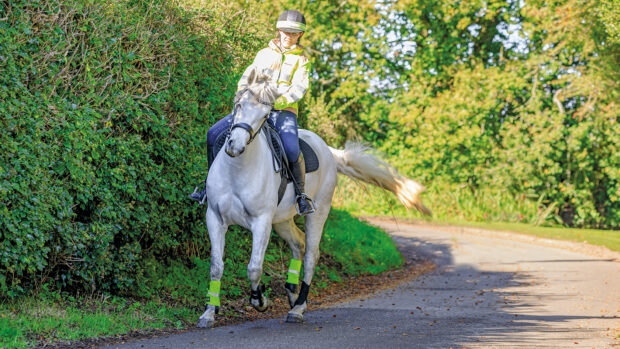Feeding succulents as part of your horse’s regular diet can encourage fussy feeders as well as providing welcome variety to the average horse. Carrots and apples are most common, but parsnips, swedes and turnips are also fed.
Fruit and vegetables are best described as a wet version of a human desert, being full of water and sugar. Typically, they are about 85% water and of the nutrients present, the majority is sugar, but fibre is there, too. Fruit and vegetables are also a source of extra vitamins.
You can feed more than one or two apples or carrots – large amounts can be given, as they provide plenty of bulk. Always wash fruit and vegetables first, ensuring no soil remains, and avoid rotten ones.
So is it worth including fruit and vegetables in your horse’s diet? Yes, if only to spice up your daily offering and to add some variety. But don?t rely on them for major nutrients, because they’re full of water.
Fruity facts



